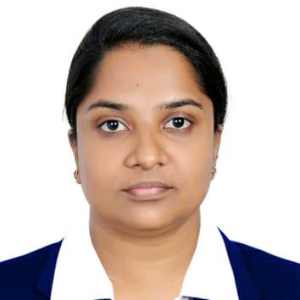Title : Oxygen extraction fraction: Review on different computational methods based on mGRE sequences and clinical manifestations
Abstract:
Oxygen extraction fraction (OEF) is a physiological biomarker reflecting the percentage of oxygen extracted from the blood supply, which is directly associated with cerebral oxygen metabolism. It can also provide information about the relative deficiencies in cerebral blood supply with the brain tissue’s oxygen demand. Estimation of impaired cerebral metabolic rate using OEF is essential for the evaluation hypoxic conditions in various patient group. As for the current standards, PET with O tracers is the reference standard for quantitative mapping of OEF. In contrast to this, with MRI acquisition, tissue cerebral oxygen consumption is estimated from the susceptibility difference between paramagnetic deoxy heme in the vasculature and the tissue parenchyma. However, the wide variation of oxygenation related to the heterogeneities in the blood vessel network and the presence of non-heme iron deposition alters the pathological and physiological interpretation of OEF computation. This paper reviews the overlap in the clinical manifestation of OEF estimation in patients with cognitive impairment and neurovascular diseases. Several techniques based on Gradient echo (GRE) MR signal have been proposed to quantitatively estimate the OEF maps. Computational methods of different techniques based on magnitude and phase modelling of mGRE sequences including their optimization mechanisms are also discussed. Finally, we have suggested the inclusion of regional priors in optimization method for OEF computation to overcome the clinical discrepancy in the manifestation of OEF maps.
Audience Take Away
- Explain how the audience will be able to use what they learn? The audience can understand cerebral oxygen utilization in healthy control and various patients’ group. Also, they could correlate cerebral blood flow (CBF) and cerebral metabolic rate of oxygen (CMRO2) based on the OEF maps. Furthermore, they can understand the recent techniques of OEF computation based on mGRE sequences
- Is this research that other faculty could use to expand their research or teaching? YES
- Does this provide a practical solution to a problem that could simplify or make a designer’s job more efficient? Yes, this paper gives an insight to the designers to develop new algorithms for OEF computation. based on the limitations in the current methods. The designers can include various priors based on disease group in optimization part of the algorithm to overcome the flaws in the existing methods




